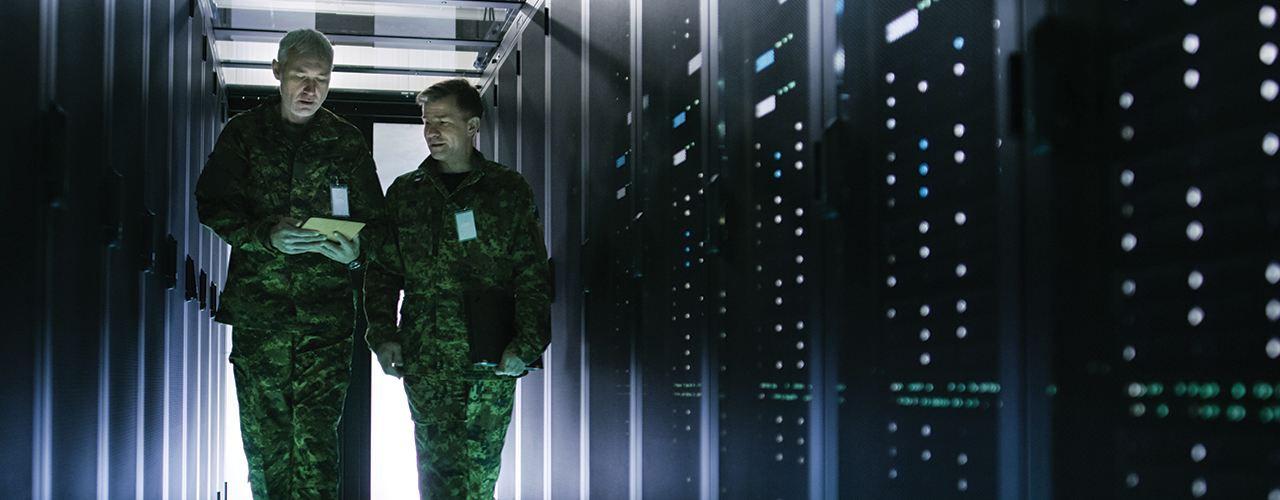BLOG
Growing a Geospatial Information Culture in the DoD:
Part 2

Written by Brian Cullis
Growing a geospatial information culture in the Department of Defense (DoD)? Wait one minute—haven’t warfighters been using geospatial information for centuries? You are absolutely right—the DoD already makes remarkably innovative and extensive use of geospatial technologies for intelligence and combat operations in the battlespace.
During my Air Force career, I investigated the use of geographic information systems (GIS) purchased by U.S. Army, Navy, Marine Corps, National Guard and Air Force organizations for installation and environmental management use outside of the battlespace, in what I call the “basingspace.” I found most enterprise GIS investments were abandoned shortly after implementation or fell far short of expected benefits.
The reason why was compelling.
The problem wasn’t with hardware or software, but orgware. These organizations failed to assess why they needed GIS in the first place.
The organizations successfully pursuing enterprise GIS adoption first clarified their missions, requirements and the decisions inherent to getting the job done. The processes driving these decisions were then examined to understand how geospatial data was already used or could be used to better support their decisions.
Only then did they look for technology to exploit their data. This auditable trail linking mission, requirements, decisions, data and technology proved critical to building a strong case for investing aggressively in geospatial information resources and igniting culture change.
Organizational culture can be defined simply as “the way things get done around here.” I’d suggest a geospatial information culture could be described as “how geospatial information is used to get things done around here.”
Notice I intentionally make no reference to technology, especially since most senior executives are more concerned with outcomes than specific ways and means. Geospatial technology is absolutely a vital means to this end, but the specific technology, like organizational priorities, will constantly change.
Rather, our focus should be on building a geospatial culture that validates, delivers and sustains the value of geospatial information for the installation and environmental missions amidst ever-changing personnel, priorities and technologies. To ensure sustained support from senior leaders, the vision of a geospatial enterprise must emphasize the merits of geospatial information to mission goals. In turn, this culture reinforces confidence in sustaining investment in an enterprise GIS aligned with organizational goals.
For more than 20 years, Woolpert and several other industry teams have been assisting the Armed Services in growing a geospatial enterprise. The process has not been without its challenges, but real progress can be seen in the evolution of basingspace geospatial technology adoption over the past two decades.
In my next blog, I’ll lay out the culture change process I adopted from Harvard Business School many years ago that has proven to be fertile ground for growing a new geospatial information culture in the DoD. I welcome your ideas so that together, we may cultivate a new geospatial information culture.

Brian Cullis, Ph.D.
Dr. Brian Cullis has more than 30 years of experience working in a geospatial information resource leadership position. Through both active duty and private sector careers, he has helped organizations build effective strategies for organizing and delivering enduring geospatial IT capabilities, starting with the USAF GeoBase Program in 2001. Brian’s drive for continual improvement has been integral to the development, sustainment and enhancement of geospatial information and services capabilities in DoD beyond the battlespace.